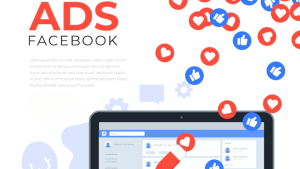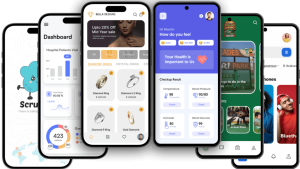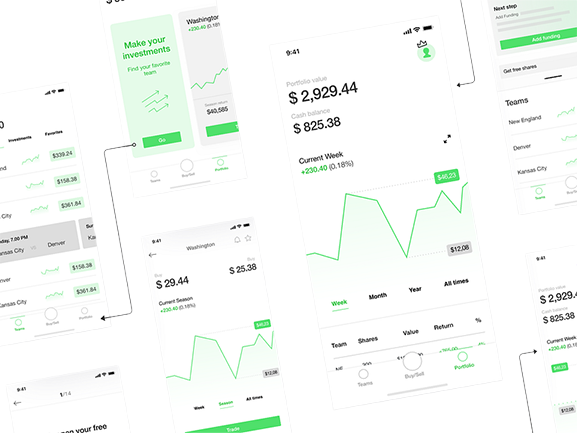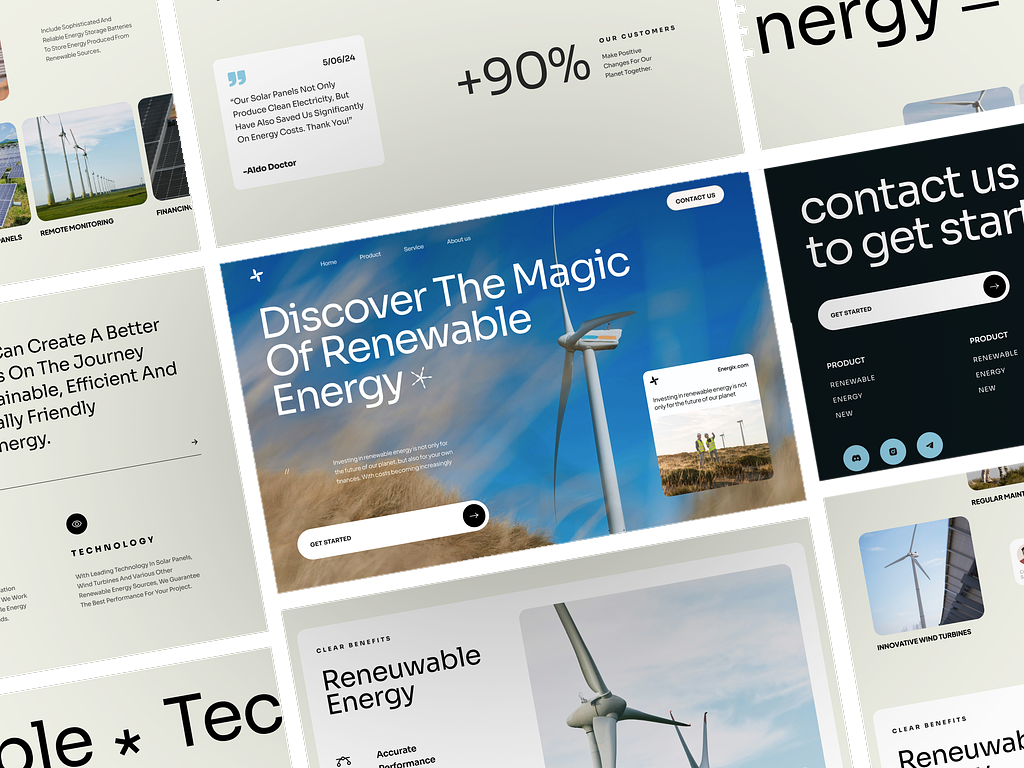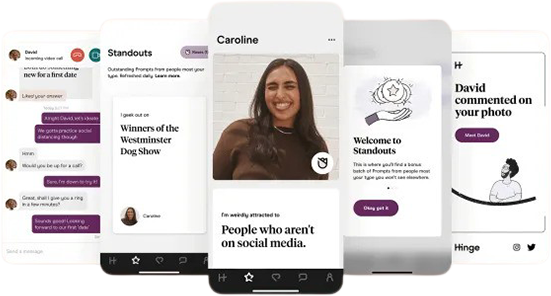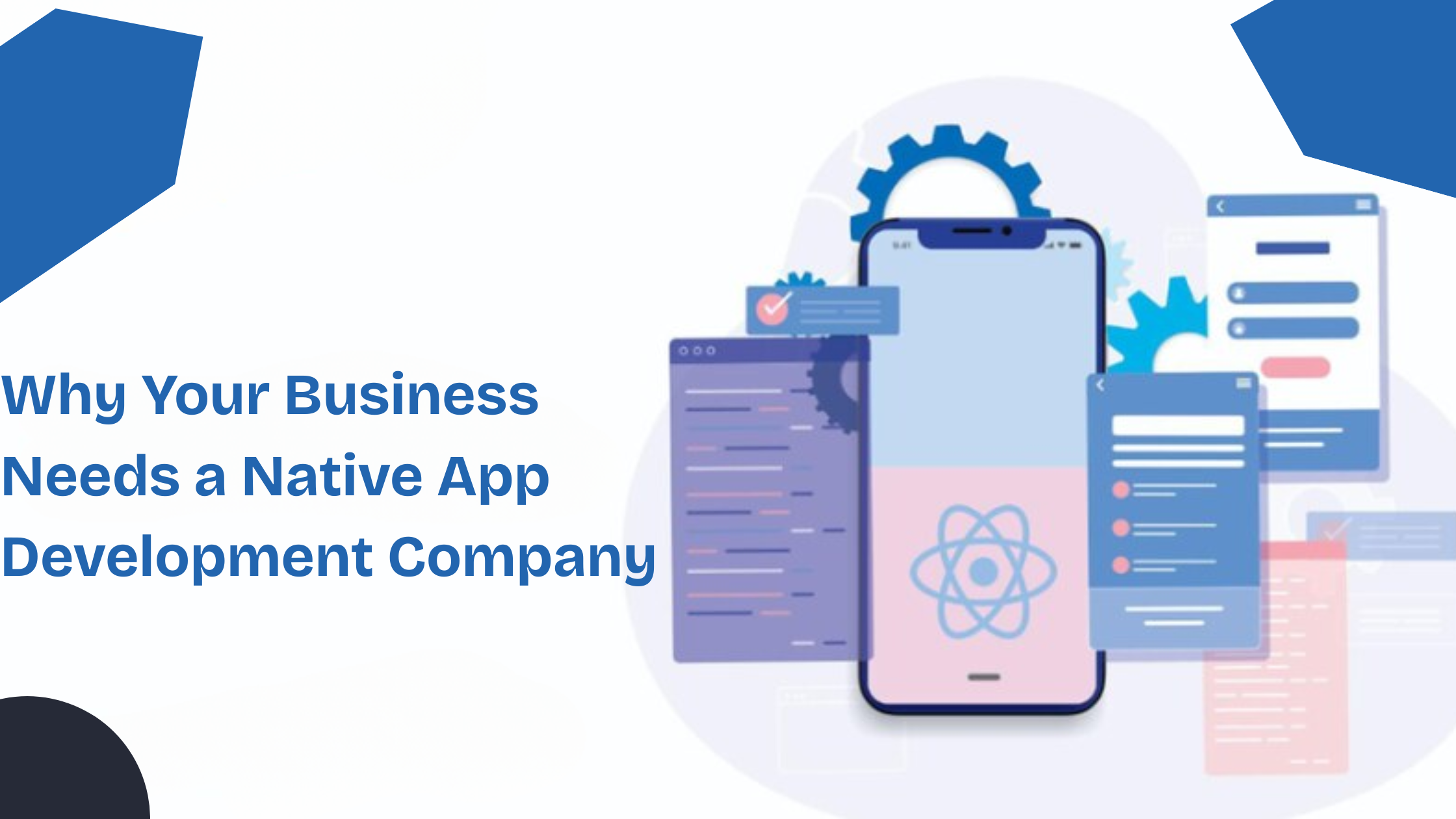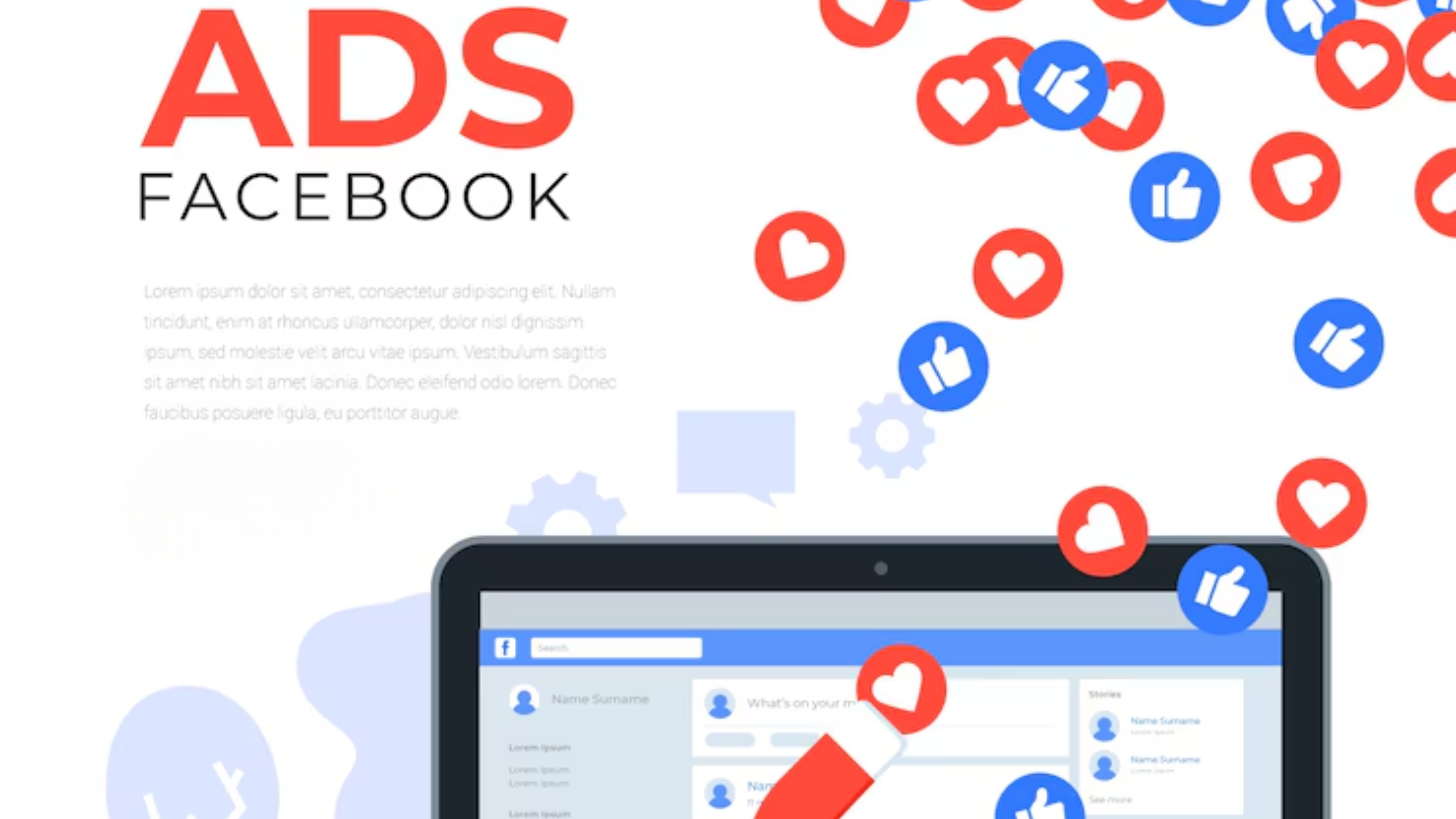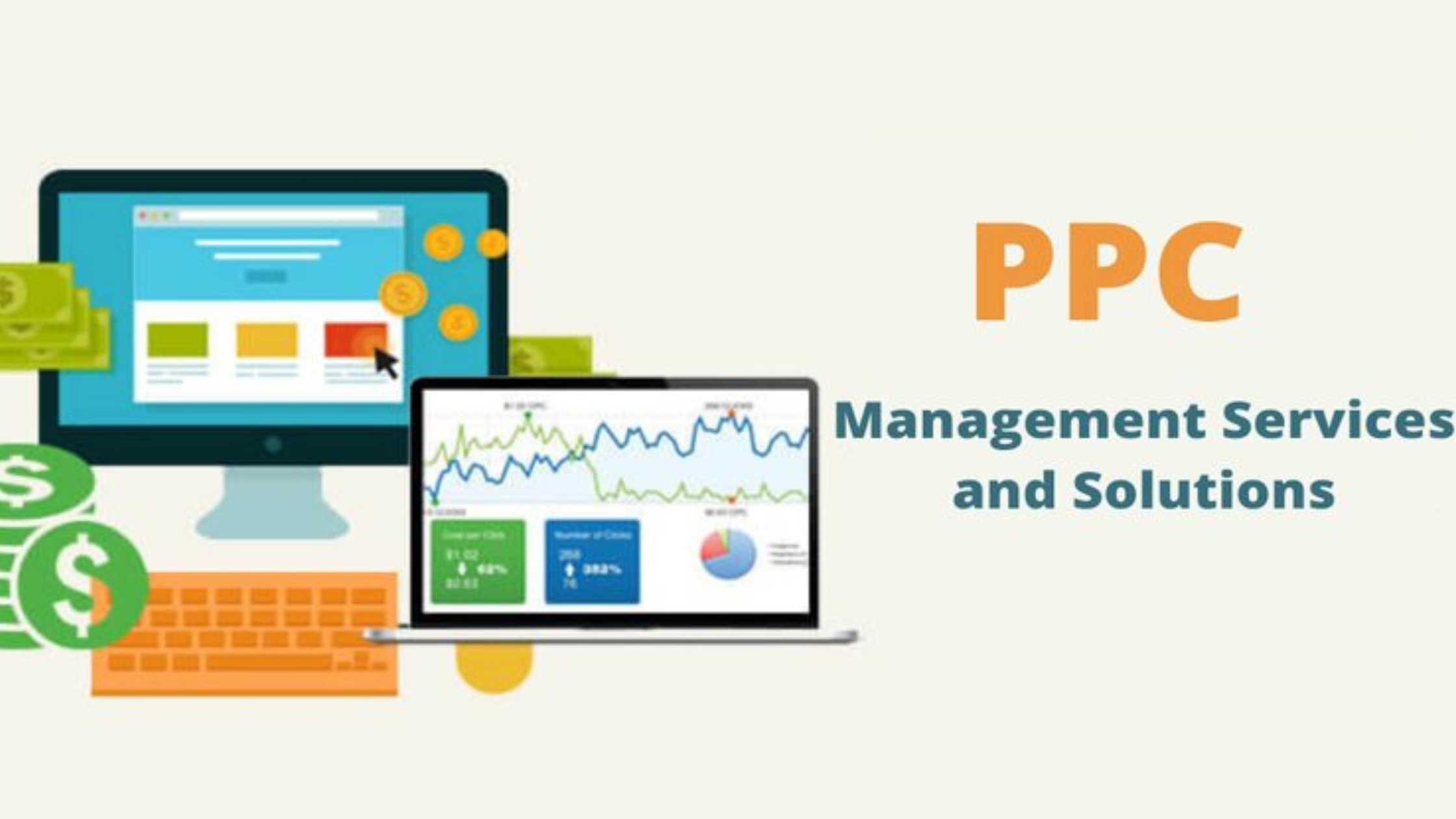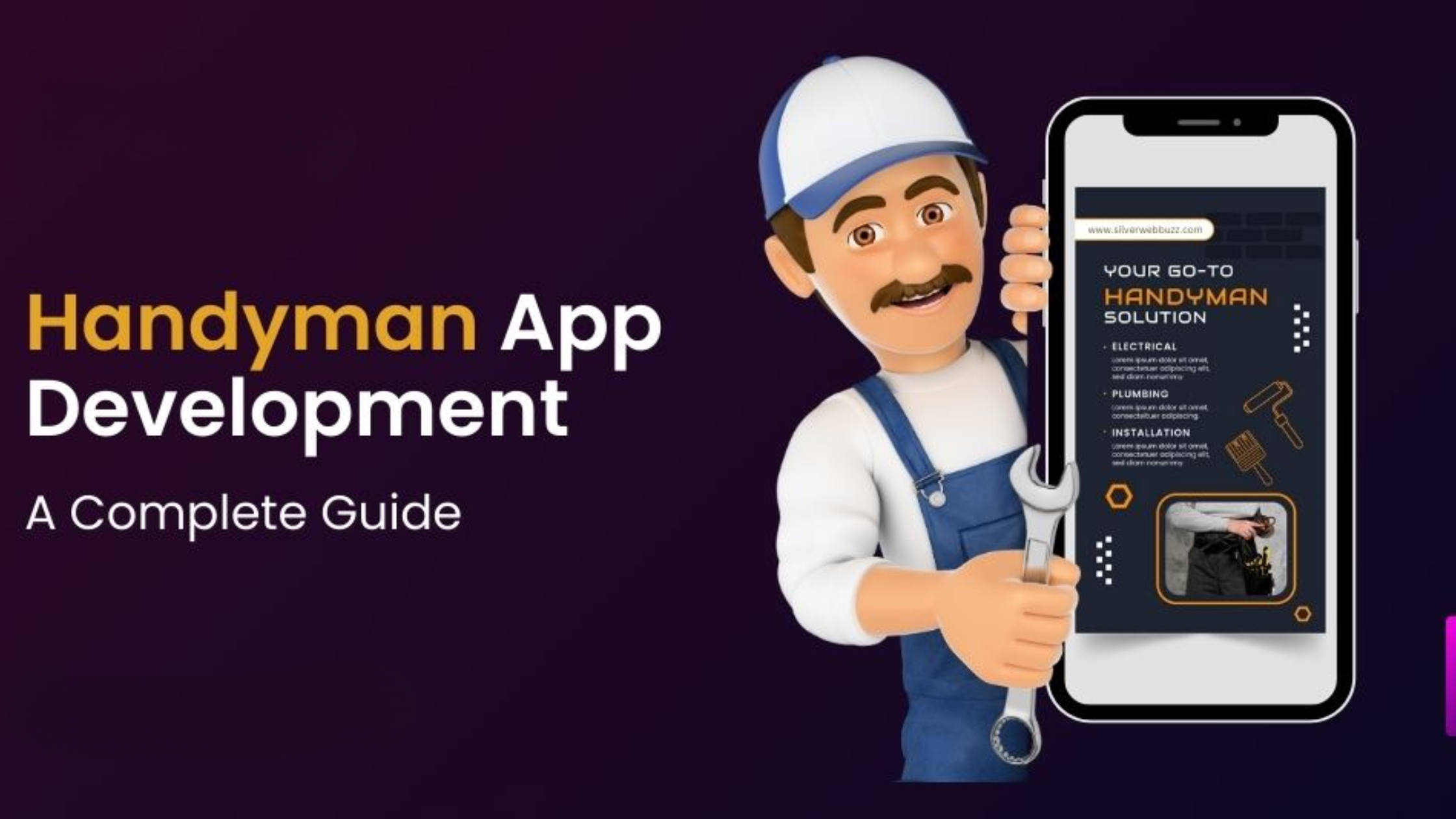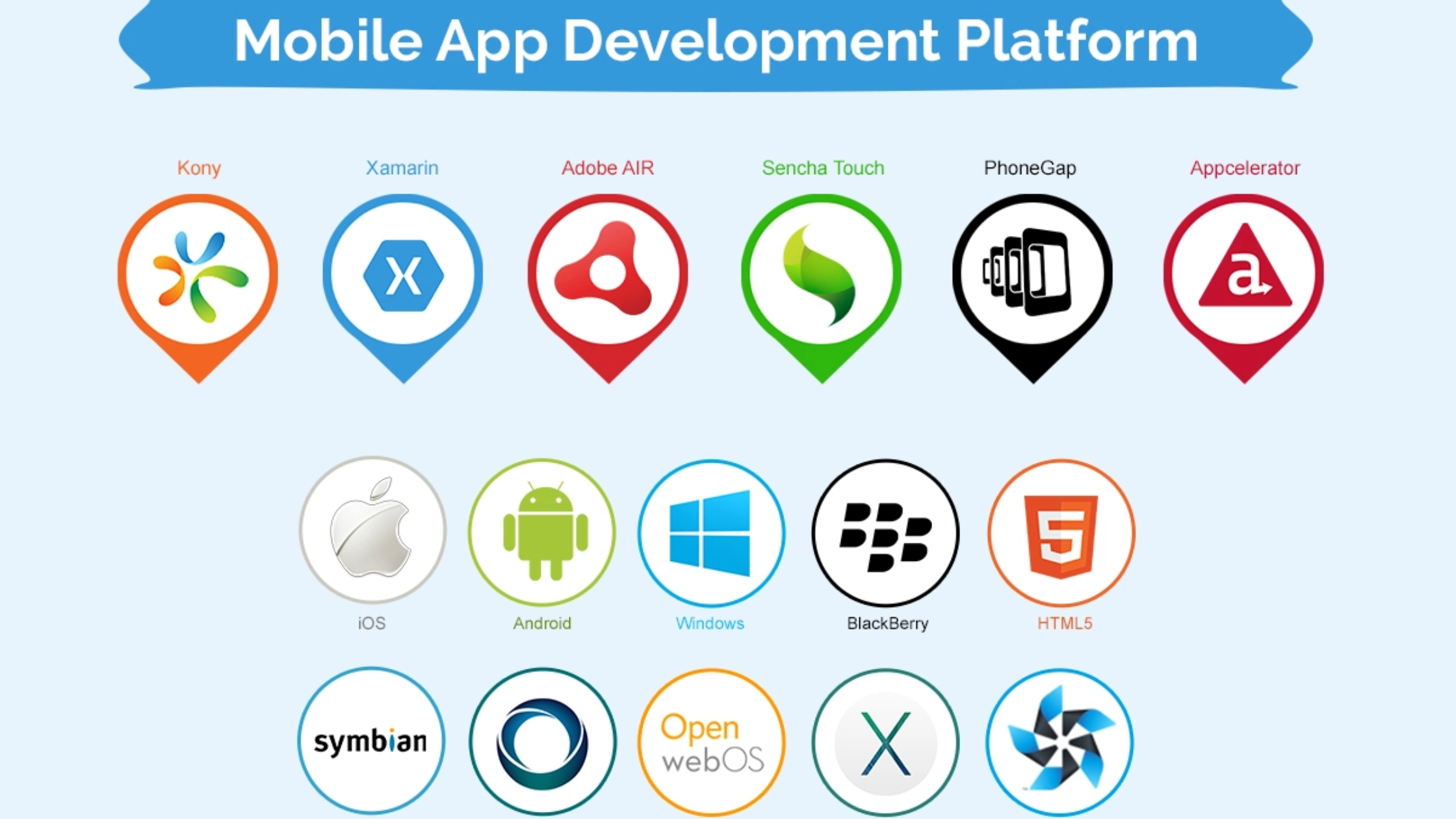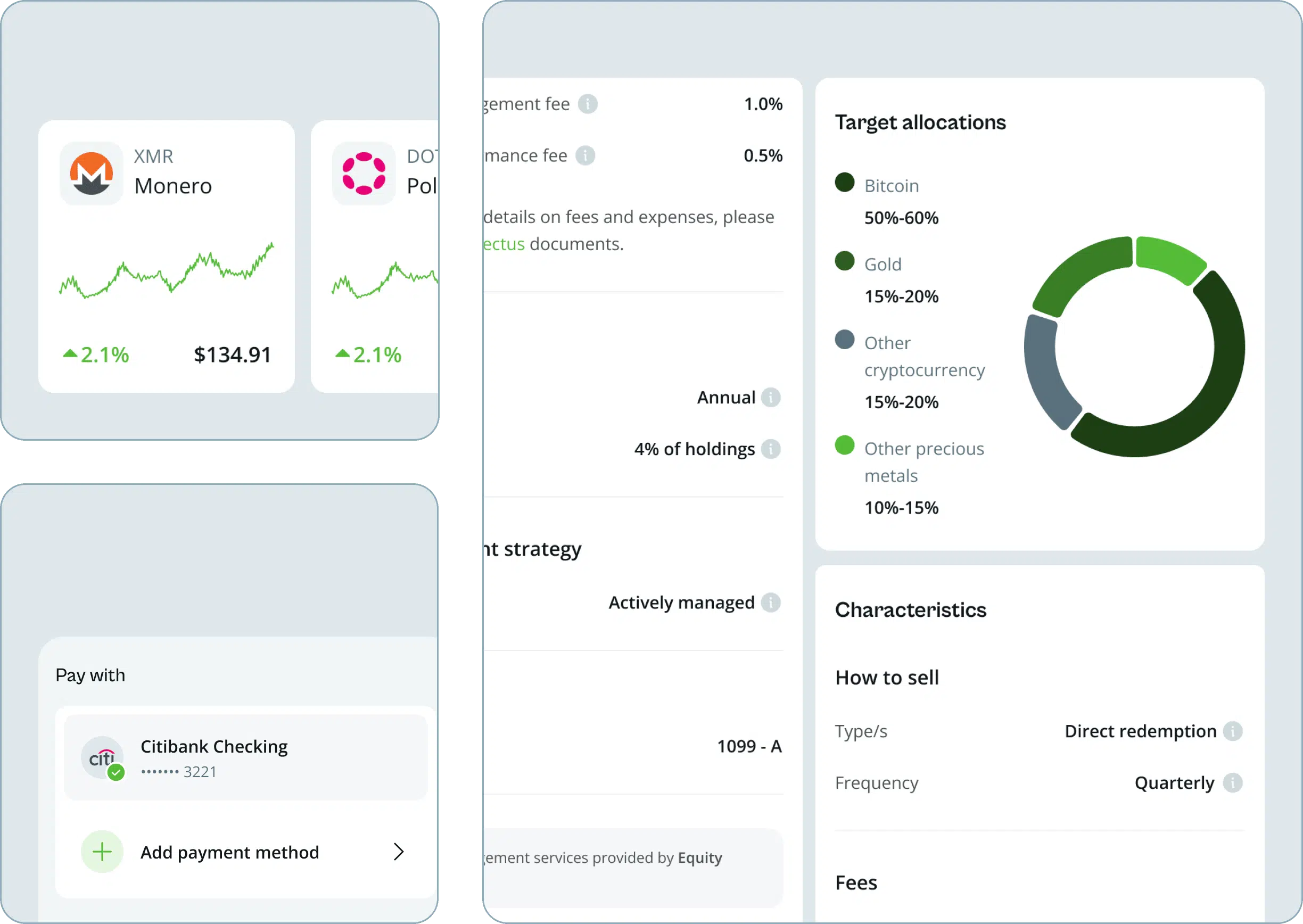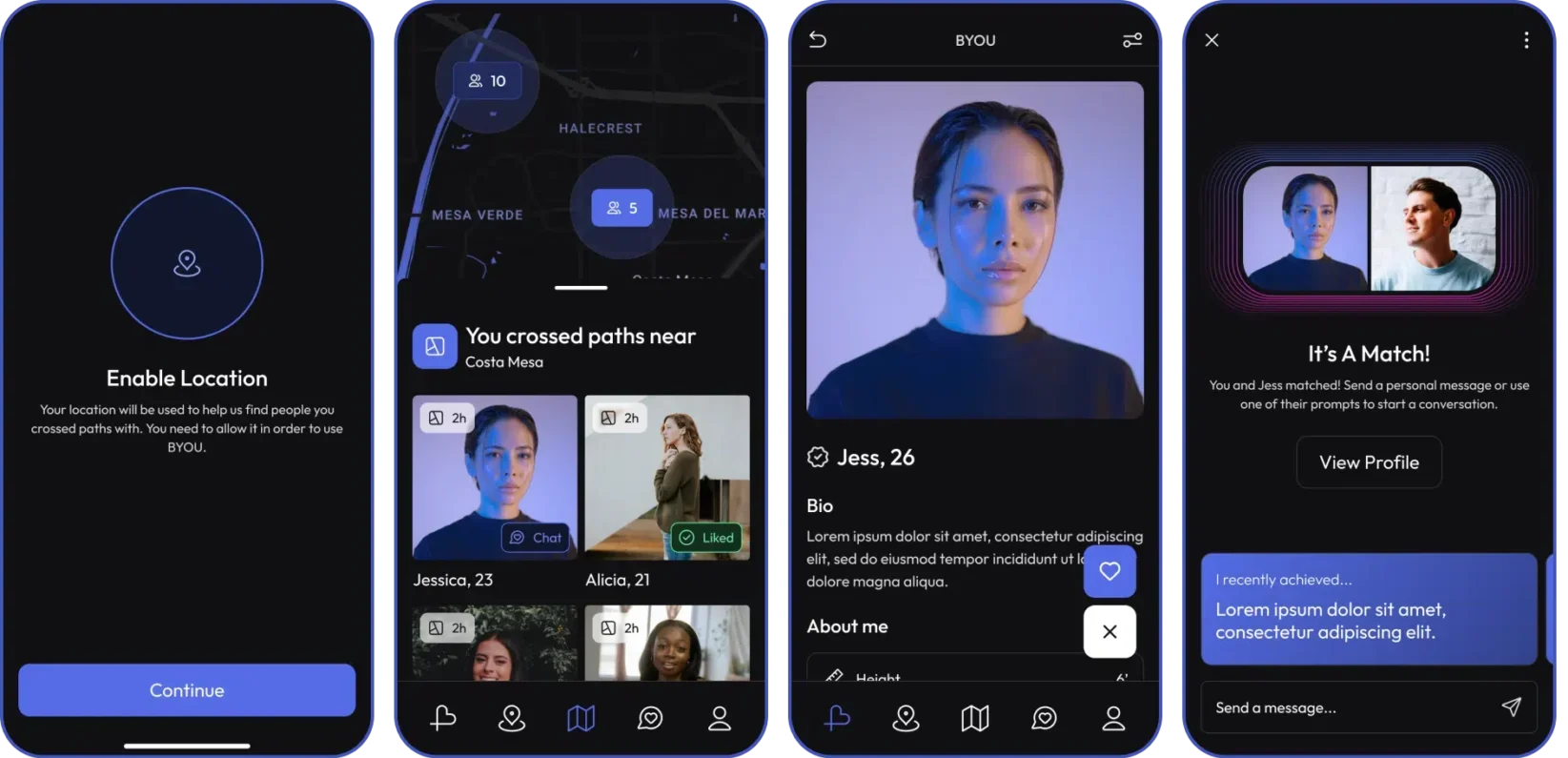In today’s digital age, social media platforms have evolved beyond just being a space for interaction and entertainment. For many individuals and businesses, social media is also a lucrative avenue for generating income. From influencers to content creators, everyone is looking to leverage their presence on social media to make money. But the question remains: which social media pays the most?
With various platforms offering different ways to monetize, it can be difficult to determine which social media pays the most and provides the highest earning potential. In this comprehensive guide, we’ll explore how social media platforms enable users to earn money and compare their models. Whether you’re an aspiring influencer or a business diving into social media marketing, knowing which social media pays the most is crucial for maximizing your income and making strategic decisions.
In the following sections, we’ll examine the top platforms, their monetization methods, and strategies to help you grow and profit in the digital space.
Introduction to Social Media Monetization
Social media monetization refers to the process of making money through the use of platforms like Instagram, YouTube, TikTok, Facebook, and others. With the rise of digital content, many users have successfully turned their online presence into a full-time career. This transformation has led to the creation of various monetization models on these platforms, such as sponsored posts, ad revenue, affiliate marketing, and product sales.
Monetization on social media is influenced by factors such as the platform’s audience, the number of followers or subscribers, engagement rates, and the creator’s niche. While the earning models may vary, all social media platforms offer opportunities for content creators to generate income in one way or another.
Some social platforms, however, are better equipped than others to support creators in making substantial earnings. As we compare platforms, we’ll look at the specific earning methods each one offers and determine which social media platform pays the most.
Which Social Media Pays the Most: Best Complete Guide
Several platforms have proven to be successful for monetization, but the top ones that pay the most include YouTube, Instagram, TikTok, and Facebook. Let’s break down each one to understand how creators can earn money.
YouTube
YouTube remains one of the highest-paying social media platforms, especially for video content creators. The platform offers multiple ways to earn:
- Ad Revenue: YouTube’s Partner Program allows creators to earn money from ads shown on their videos. The more views your videos get, the higher the ad revenue.
- Super Chat and Super Stickers: These features allow viewers to pay for their messages to be highlighted during live streams.
- Channel Memberships: Creators can offer exclusive content to paying subscribers on a monthly basis.
- Sponsorships: Many YouTubers also collaborate with brands to create sponsored content, adding another revenue stream.
Instagram is another top contender when it comes to making money on social media. While it doesn’t offer direct ad revenue like YouTube, creators can monetize through:
- Sponsored Posts: Businesses pay influencers to feature their products in posts or stories.
- Affiliate Marketing: Instagram allows creators to add affiliate links to their posts, earning a commission on any sales made through these links.
- Instagram Shop: Creators with their own product lines can sell items directly on Instagram using the shop feature.
TikTok
TikTok has gained tremendous popularity over the past few years, and its earning potential has grown significantly. Some of the ways TikTokers can earn money include:
- Creator Fund: TikTok’s Creator Fund pays users based on their video views. The more viral your videos become, the more you can earn.
- Brand Deals and Sponsorships: As TikTok has become a go-to platform for advertisers, creators can collaborate with brands for sponsored posts.
- Live Gifts: Users can send virtual gifts during live streams, which creators can exchange for real money.
Facebook, while not as directly monetized as YouTube or Instagram, still offers multiple opportunities for creators to earn:
- Ad Revenue: Facebook allows creators to earn money through ads shown on their videos (via the Facebook for Creators platform).
- Fan Subscriptions: Creators can set up fan subscriptions to offer exclusive content to paid subscribers.
- Brand Sponsorships: Like Instagram, many businesses collaborate with Facebook influencers for sponsored content.
How Much Do Social Media Platforms Pay?
When comparing social media earnings, it’s important to understand that income varies greatly depending on factors such as follower count, engagement rate, and niche. Let’s break down the average income potential for creators on different platforms.
YouTube
YouTube’s earning potential is substantial, especially for those with a large, engaged audience. Ad revenue on YouTube generally ranges from $1 to $5 per 1,000 views, with variations depending on the niche and the type of ad. Successful YouTubers can earn anywhere from $10,000 to $100,000 or more per year through ad revenue alone. Adding brand partnerships and sponsorships can increase this significantly.
On Instagram, earnings depend largely on the number of followers, engagement rate, and the type of brand collaborations. Influencers with around 100,000 followers can charge anywhere from $1,000 to $5,000 per sponsored post. Those with larger followings can charge significantly more. Instagram also offers affiliate marketing and product sales, which can add an additional revenue stream.
TikTok
TikTok’s Creator Fund pays creators a fraction of a cent per view, but many influencers can make significant money through sponsorships and brand deals. TikTok influencers with a few million followers can earn from $10,000 to $100,000 per post, depending on the brand and the engagement they receive. TikTok’s focus on viral, short-form content offers tremendous earning potential for highly engaging creators.
Facebook’s monetization options, including ad revenue and fan subscriptions, can generate varying amounts depending on the content’s popularity. Facebook pages with a large following can make a significant income, especially when combined with sponsored content. However, Facebook generally doesn’t offer the same earning potential as YouTube or Instagram in terms of direct monetization.
Strategies for Maximizing Earnings on Social Media
To truly maximize your earnings on social media, there are several strategies you can use to increase your income potential:
-
Grow Your Audience
Building a large, engaged audience is the first step to increasing your earnings. Whether you’re on YouTube, Instagram, or TikTok, consistent content creation that resonates with your audience will help you grow your follower count. Engaging with your followers through comments, live streams, and interactive content is key to building a loyal community.
-
Diversify Income Streams
While YouTube may pay well with ad revenue, Instagram and TikTok might provide better opportunities through brand sponsorships and affiliate marketing. Don’t rely on just one platform or one revenue stream. Explore various options across multiple platforms to diversify your income.
-
Create High-Quality Content
The quality of your content directly impacts your earning potential. Whether you’re creating videos, blog posts, or sponsored posts, ensure that your content is engaging, professional, and adds value to your audience. Quality content is more likely to attract brands, sponsorships, and a larger audience.
-
Leverage Digital Marketing Strategies
Use digital marketing strategies such as search engine optimization (SEO), paid ads, and influencer collaborations to boost your content’s visibility. Platforms like Instagram, Facebook, and YouTube have built-in tools for promoting posts and reaching new audiences.
Comparison of the Top Social Media Platforms That Pay the Most
When comparing social media platforms in terms of income potential, YouTube stands out as the highest-paying platform, thanks to its ad revenue and diverse monetization options. Instagram and TikTok come in second, with Instagram offering a combination of sponsored posts, affiliate marketing, and product sales, while TikTok’s rapid growth and viral content provide ample opportunities for brand deals.
However, the platform that pays the most will ultimately depend on your niche, audience, and content type. For example, if you’re creating video content, YouTube might be the best platform for you. If you’re focused on lifestyle, fashion, or beauty, Instagram could provide the most earning potential. If you’re a creator who excels in short-form, viral videos, TikTok may offer the most opportunities.
Conclusion:
So, which social media pays the most? It ultimately depends on your content, audience, and engagement. YouTube remains the top-paying platform for creators thanks to its diverse monetization options, followed closely by Instagram and TikTok, which offer considerable earning potential through brand deals, affiliate marketing, and sponsored content. Facebook remains a solid option, though its direct income potential doesn’t compare to YouTube’s.
If you’re trying to figure out which social media pays the most, consider your niche and where your audience is most active. To maximize your earnings on social media, focus on growing your audience, diversifying your revenue streams, creating high-quality content, and leveraging digital marketing strategies to increase visibility. Understanding which social media pays the most for your specific goals will help you build a profitable and sustainable online presence.
I hope you like Which Social Media Pays the Most. If you like then share it with others 🙂






